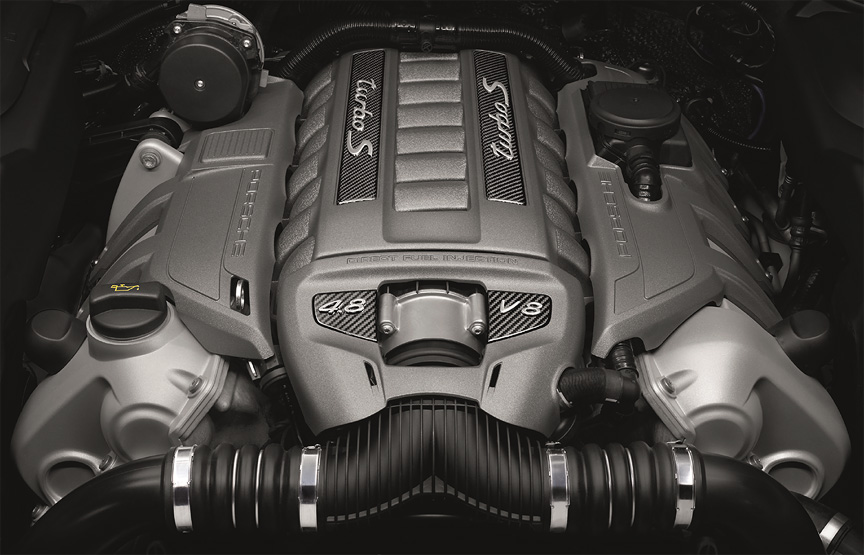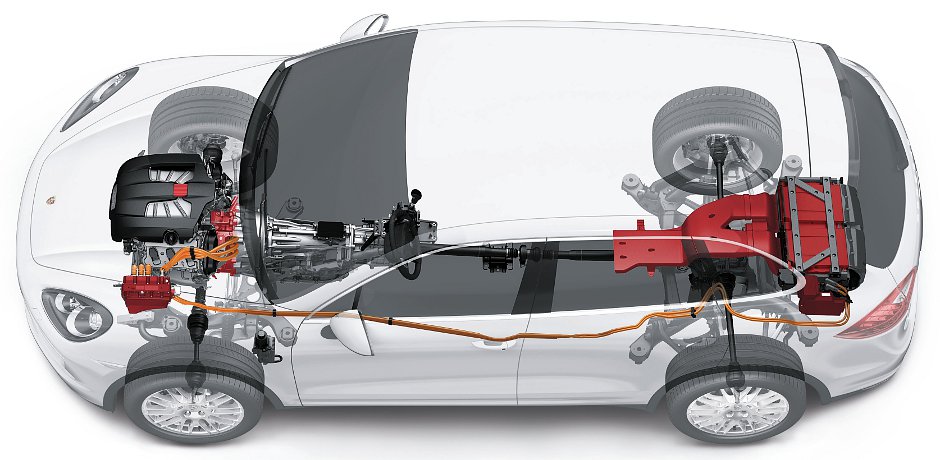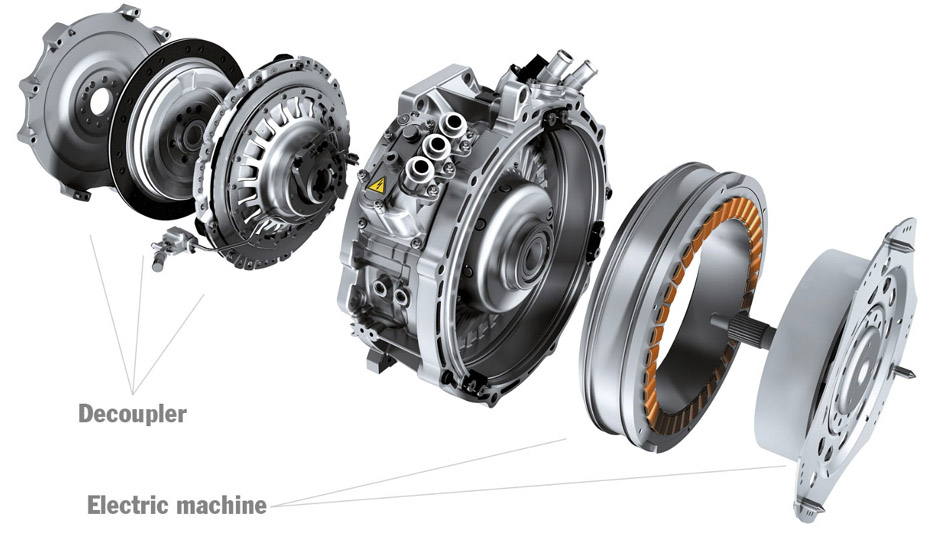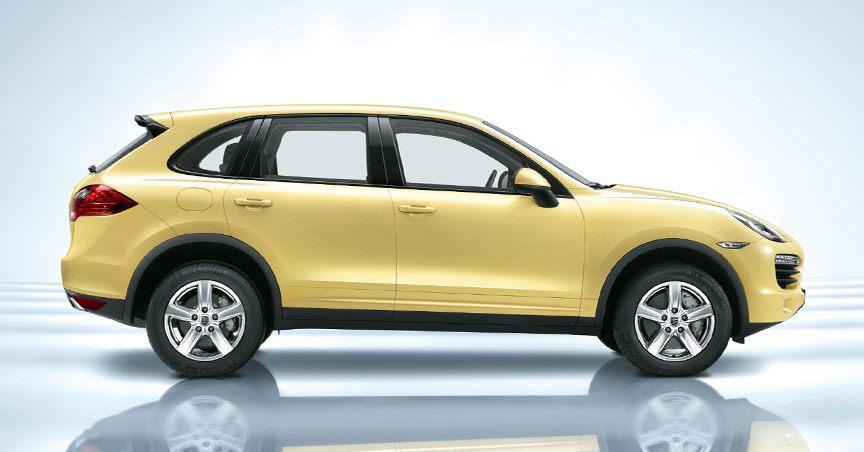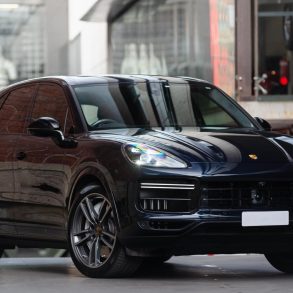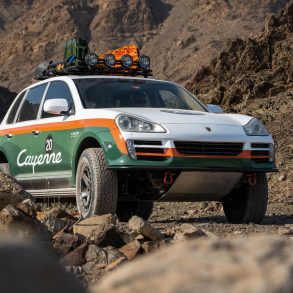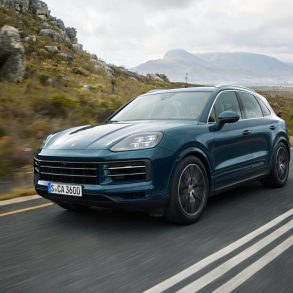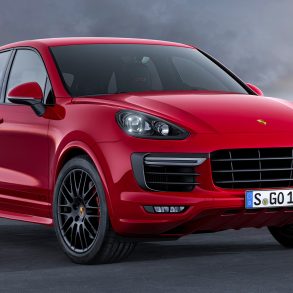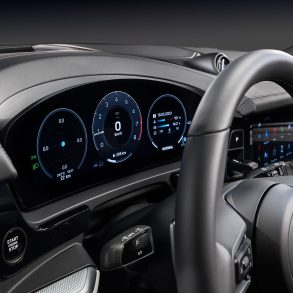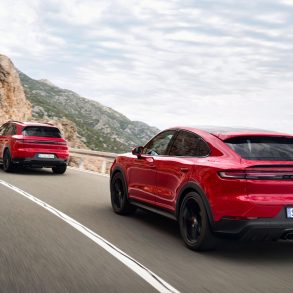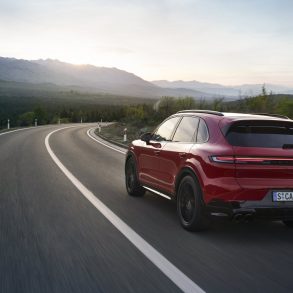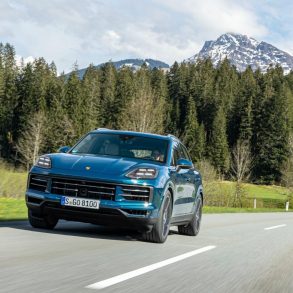2nd Generation Porsche Cayenne (958.1) Story & History
Cayenne (2010 – 2014)
Date of unveil by Porsche AG: 2010 February 25, Turbo S 2012 October 12 / Premiere: 2010 March 2 at Geneva Motor Show / World market launch: 2010 May 8, Turbo S 2013 January
Performance Data
| Modification | Engine | Gearbox | kW | lb-ft | Nm | 0-60 mph | 0-100 km/h | mph | km/h | kg | lbs | W/lbs | W/kg |
|---|---|---|---|---|---|---|---|---|---|---|---|---|---|
| Diesel (Turbo 3.0) 176kW | 3.0V6 Audi | Tiptronic 8-speed | 176 | 404 | 550 | 7.4 sec. | 7.8 sec. | 135 | 218 | 2,100 | 4,630 | 38 | 84.00 |
| Diesel (Turbo 3.0) 180kW | 3.0V6 Audi | Tiptronic 8-speed | 180 | 404 | 550 | 7.2 sec. | 7.6 sec. | 137 | 220 | 2,080 | 4,586 | 39 | 87.00 |
| Diesel S (Turbo 4.1) | 4.1V8 Audi | Tiptronic 8-speed | 281 | 625 | 850 | 5.4 sec. | 5.7 sec. | 157 | 252 | 2,195 | 4,839 | 58 | 128.00 |
| 3.6 | 3.6VR6 Volkswagen | manual 6-speed | 220 | 294 | 400 | 7.1 sec. | 7.5 sec. | 143 | 230 | 1,995 | 4,398 | 50 | 110.00 |
| 3.6 | Tiptronic 8-speed | 220 | 294 | 400 | 7.4 sec. | 7.8 sec. | 143 | 230 | 2,030 | 4,475 | 49 | 108.00 | |
| Supercharged 3.0 | 3.0V6 Audi | Tiptronic 8-speed | 245 | 324 | 440 | 6.6 sec. | 7.0 sec. | 149 | 239 | 2,155 | 4,751 | 52 | 114.00 |
| Hybrid (Supercharged 3.0) | 3.0V6 Audi 245kW 440Nm + el.motor 34kW 300Nm | Tiptronic 8-speed | 279 | 426 | 580 | 6.1 sec. | 6.5 sec. | 150 | 242 | 2,240 | 4,938 | 57 | 124.00 |
| S | 4.8V8 Porsche | Tiptronic 8-speed | 294 | 368 | 500 | 5.6 sec. | 5.9 sec. | 160 | 258 | 2,065 | 4,553 | 65 | 142.00 |
| GTS | 4.8V8 Porsche | Tiptronic 8-speed | 309 | 379 | 515 | 5.4 sec. | 5.7 sec. | 162 | 261 | 2,060 | 4,541 | 68 | 150.00 |
| Turbo | 4.8V8 Porsche | Tiptronic 8-speed | 368 | 515 | 700 | 4.4 sec. | 4.7 sec. | 173 | 278 | 2,170 | 4,784 | 77 | 170.00 |
| Turbo E81 WLS | 4.8V8 Porsche | Tiptronic 8-speed | 397 | 551 | 750 | 4.3 sec. | 4.6 sec. | 175 | 281 | 0 | 0 | 0 | 0.00 |
| Turbo S | 4.8V8 Porsche | Tiptronic 8-speed | 405 | 551 | 750 | 4.3 sec. | 4.5 sec. | 176 | 283 | 2,215 | 4,883 | 83 | 183.00 |
Porsche 958
The original Cayenne was internally called as 955 (2002-2006) and its facelift model as 957 (2007-2010). Volkswagen code for both of these versions was 9PA. The completely new Cayenne introduced in 2010, was internally called 958.1 and the Volkswagen code was 92A (for both 958.1 and 958.2).
No PDK
When the 958 came out, it was a surprise that the PDK double-clutch gearbox was not offered. On the other hand, Tiptronic is a better option for a cruiser and it now had 8 speeds!
Weight
The greatest news about the Cayenne 958 was that it was sent to Weightwatchers and it returned with very good results. For example, on the Cayenne S the weight was down by 180 kg/397 lb. The weight reduction clearly had very positive effects on performance and handling, but also on fuel consumption. Thanks to lower weight and the 8-speed gearbox, the 958 models consume about 20% less fuel than the 957 with the same engine. Remember, the 957 had direct fuel injection, so it was already more economical than the original Cayenne 955.
Size
958 looks smaller than 957 because of its more sleek design, but it really is 1.9″/4.8 cm longer. The wheelbase was extended by 1.6″/4 cm. These numbers make the weight loss look even more impressive.
Powerplants
None of the 6-cylinder engines is a Porsche engine. The Cayenne 3.6 has a VW engine, the supercharged 3-litre engines in the hybrid and in the non-hybrid Chinese market cars are Audi S4 units, both diesels are also from Audi. Only S, GTS and Turbo have Porsche engines. These V8 engines were built at the Porsche factory in Stuttgart and shipped to Leipzig, where they were mounted to the Cayennes which were pre-assembled at the Volkswagen factory in Slovakia.
Powerplants
None of the 6-cylinder engines is a Porsche engine. The Cayenne 3.6 has a VW engine, the supercharged 3-litre engines in the hybrid and in the non-hybrid Chinese market cars are Audi S4 units, both diesels are also from Audi. Only S, GTS and Turbo have Porsche engines. These V8 engines were built at the Porsche factory in Stuttgart and shipped to Leipzig, where they were mounted to the Cayennes which were pre-assembled at the Volkswagen factory in Slovakia.
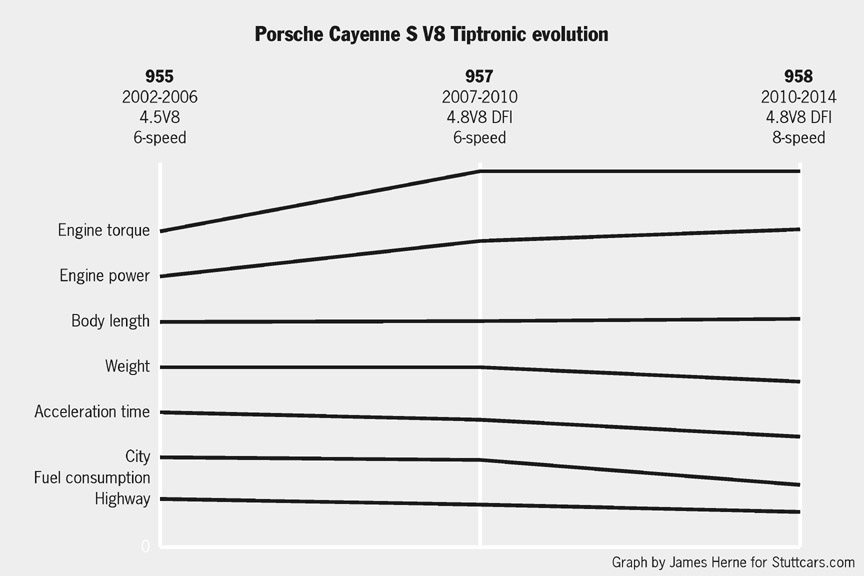
Hybrid
In order to lower CO2 emissions (and save fuel), the Hybrid version was launched right from the start of the 958 generation. The 958 Hybrid wasn’t a plug-in hybrid (all the electricity was made on board), so the reduction in the fuel consumption was minimal and the added weight of the car didn’t please enthusiastic drivers.
GTS
GTS is a Cayenne S + 15 kW + Turbo look. The GTS has lowered suspension: 0.9″/2.4 cm closer to the ground with steel springs and 0.8″/2.0 cm with air suspension. Additional power comes from the sports exhaust system and modified DME. In addition to power increase, the GTS has shorter drive ratio that further enhances the car’s agility. The GTS was available in two exclusive special colours: Carmine Red and Peridot Metallic. And it has its own optional alcantara interior, that was not available for other versions. Sports seats came as standard.
Turbo S
Turbo S was basically a highly loaded version of the Cayenne Turbo. Turbo S had the following equipment as standard (were optional for the Turbo):
* Powerkit
* PDCC Porsche Dynamic Chassis Control
* PTV Porsche Torque Vectoring Plus (operates with torque vectoring at the rear wheels together with an electronically controlled rear differential lock)
* Sport Chrono package
* 21″ wheels
* Carbon interior package
For the Turbo S the interior was available in black/red and black/beige combinations.
The 958.1 was the last Cayenne with permanent 4-wheel-drive – from 958.2 the drive force was sent to the front axle only when the rear wheels lost grip. The 958.1 was also the last Cayenne generation when the manual gearbox was offered for the few enthusiasts. Between April 2010 and July 2014, 303.000 Cayenne 958.1 were made. The previous versions, the Cayenne 955 (2003-2007) and 957 (2007-2010), accounted for 276.000 cars.
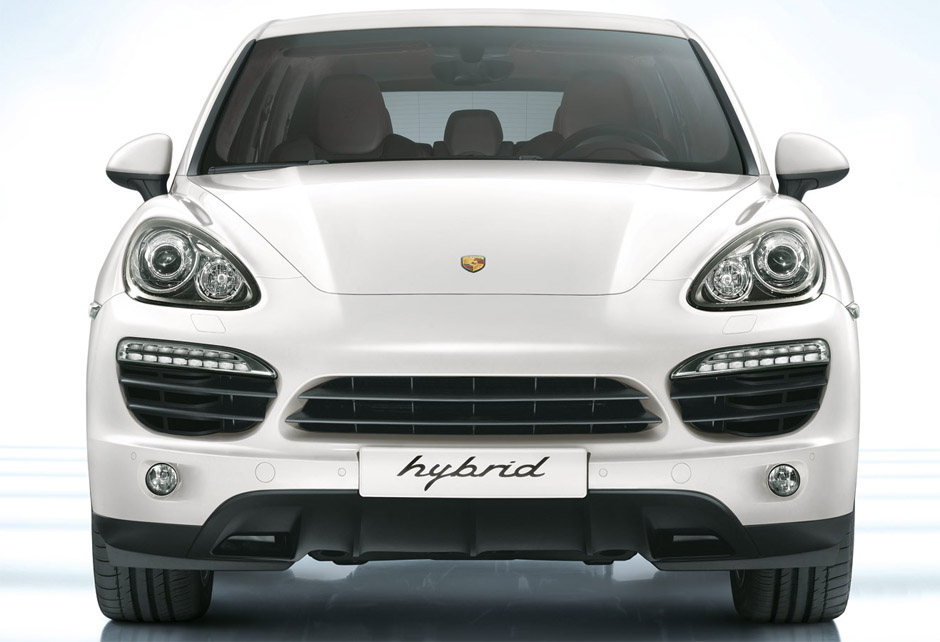
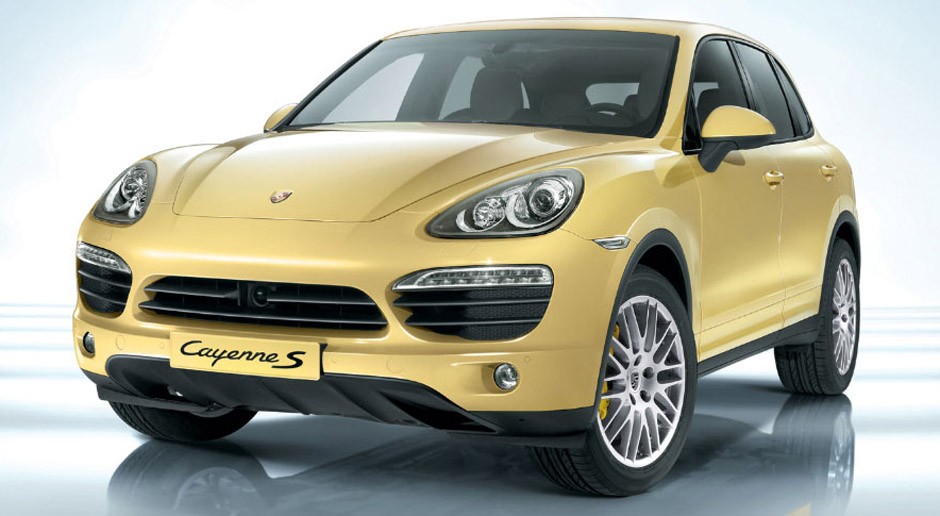
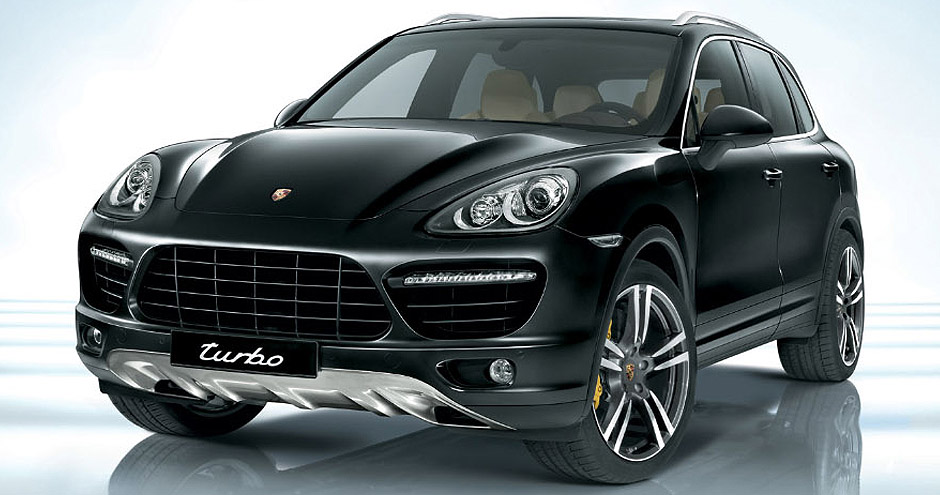
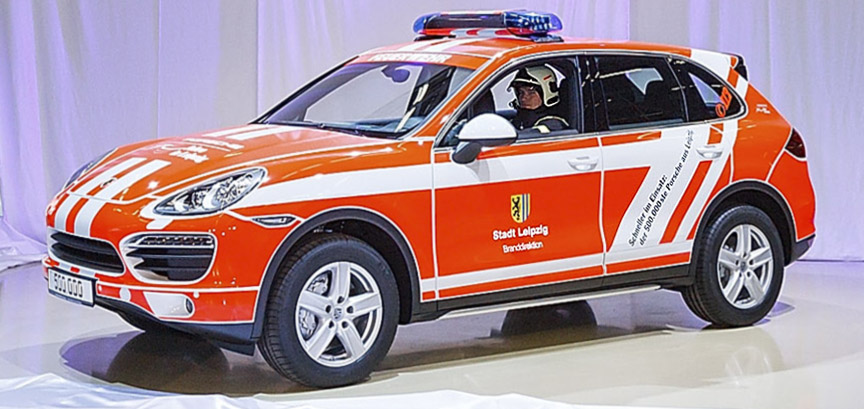
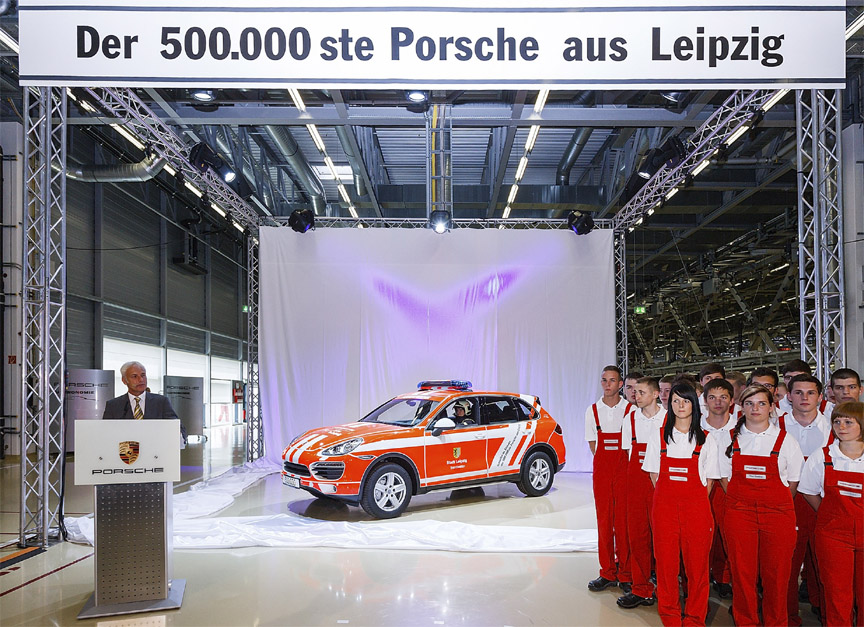
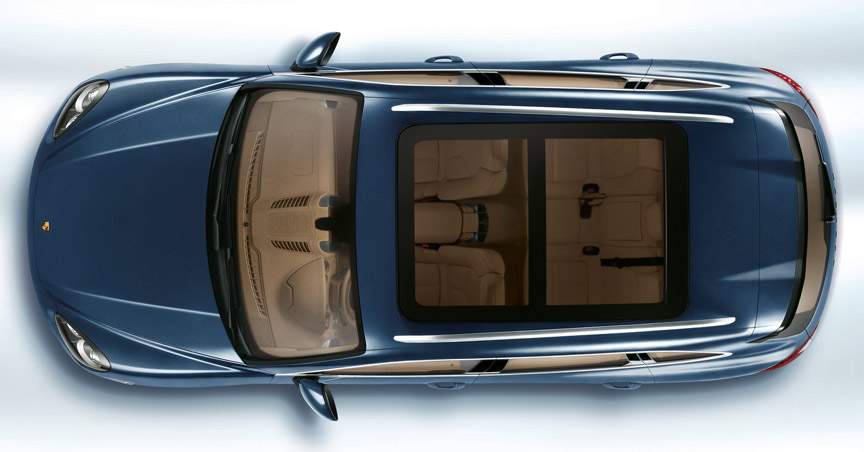
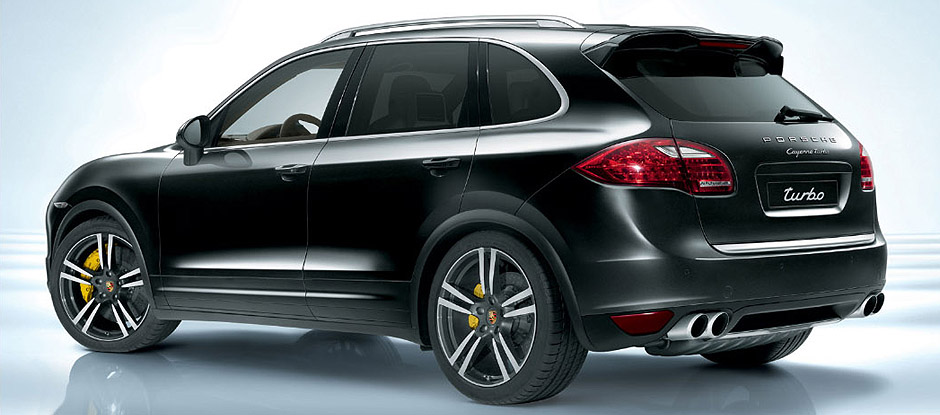
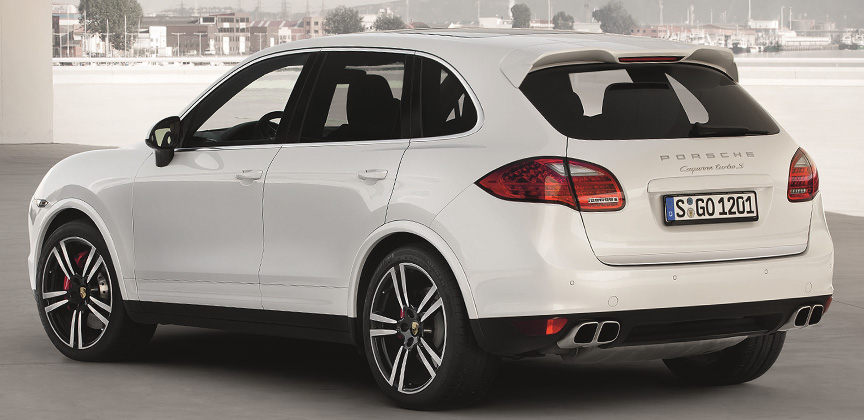

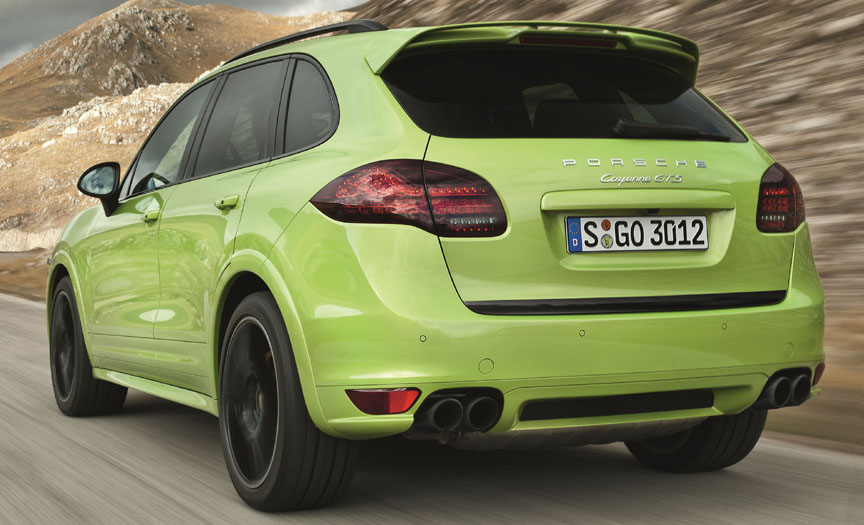
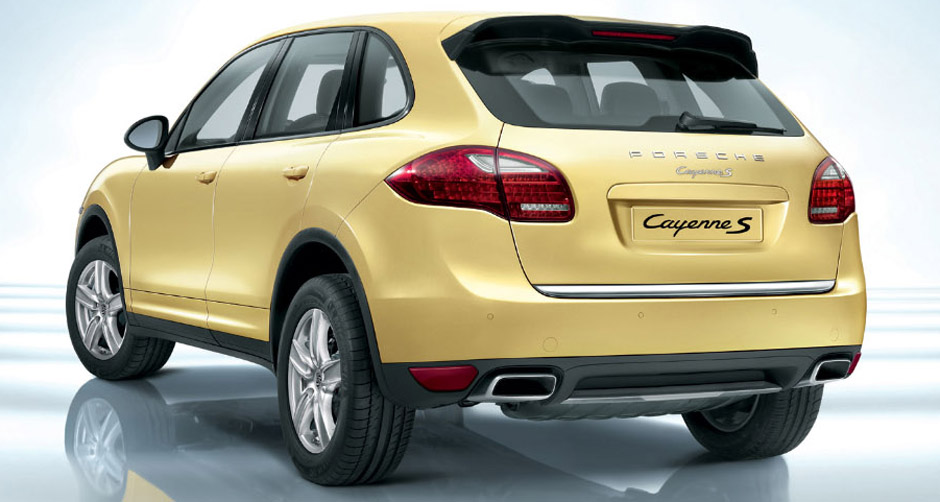
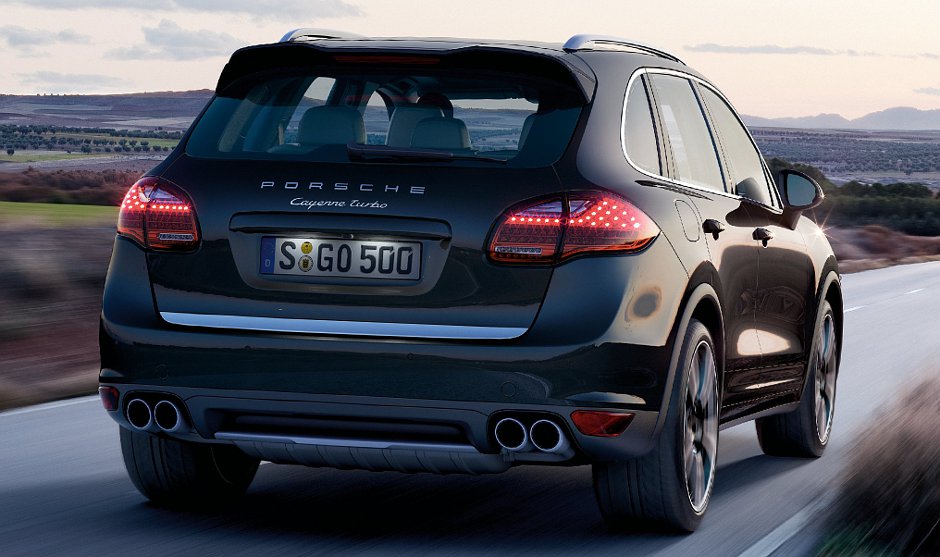
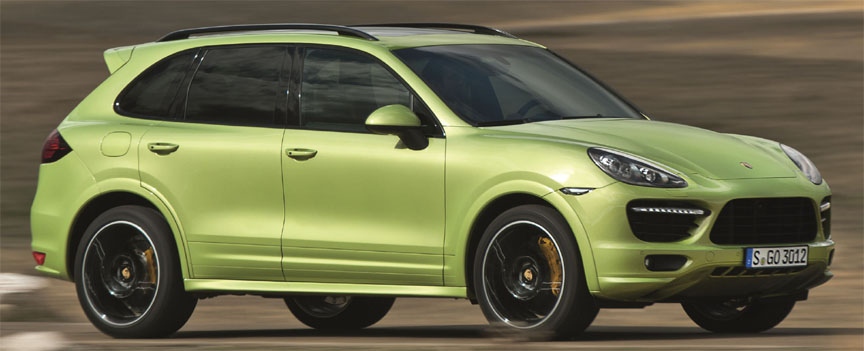

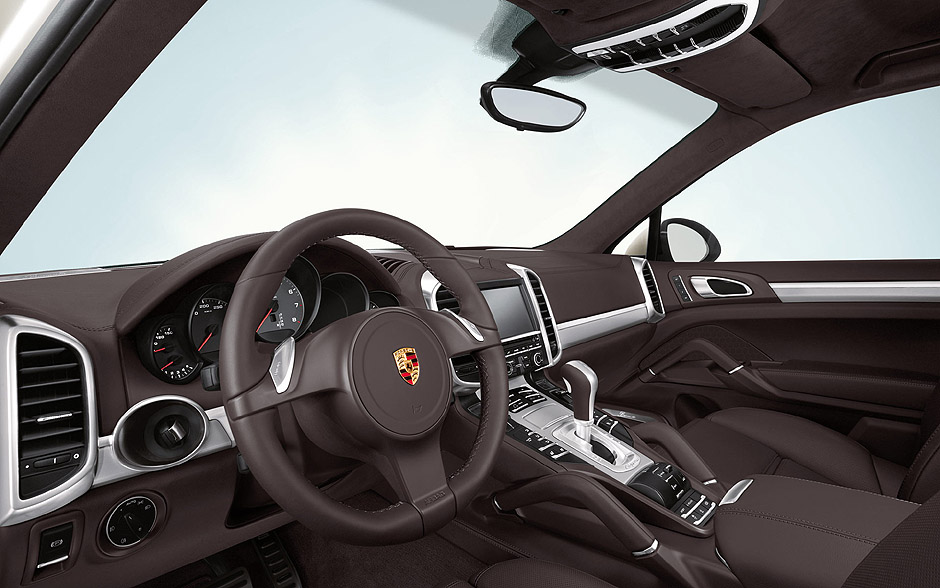
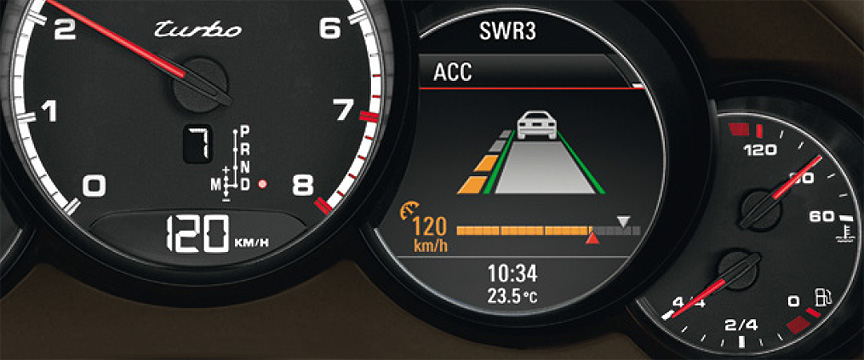
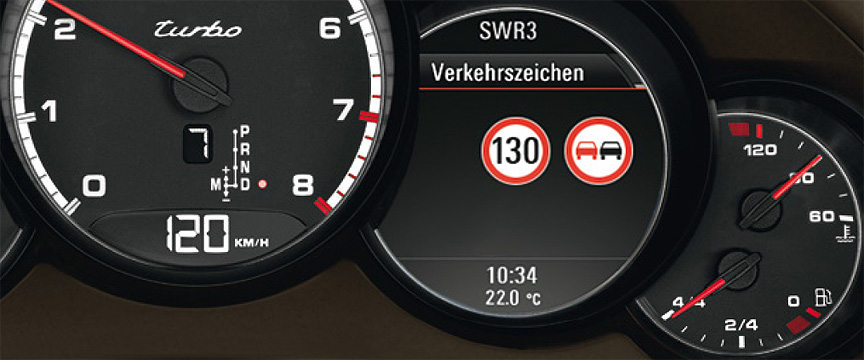
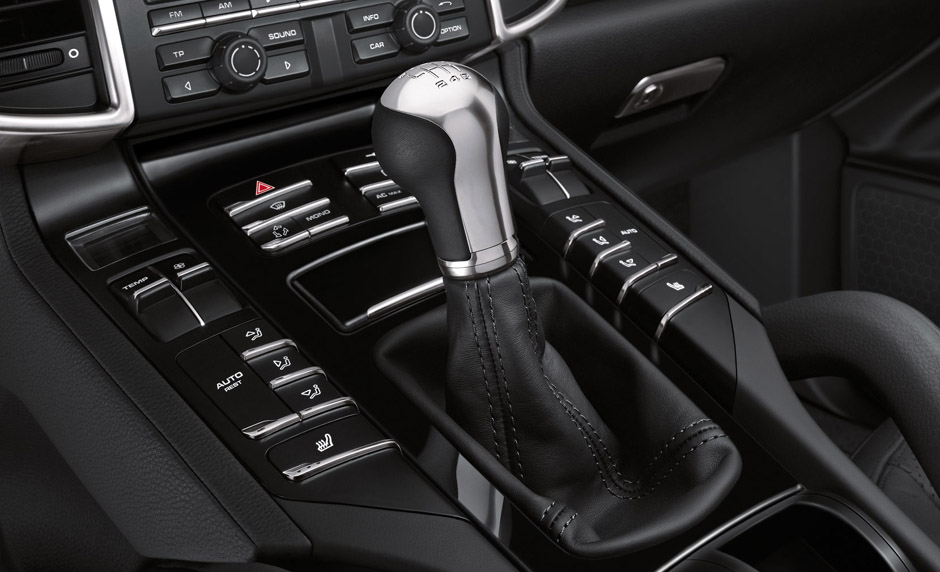
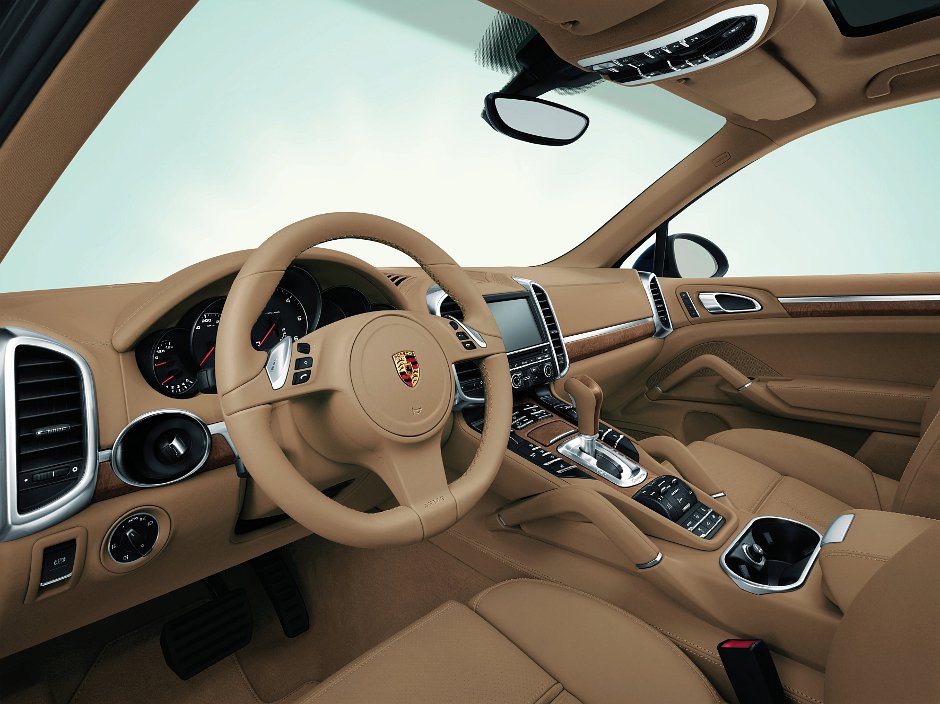
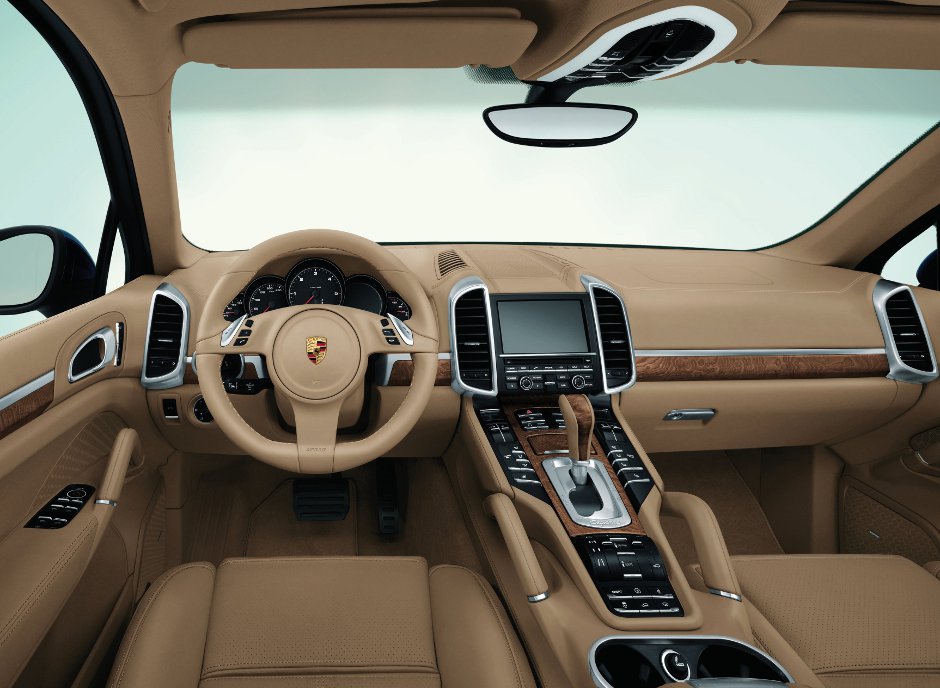
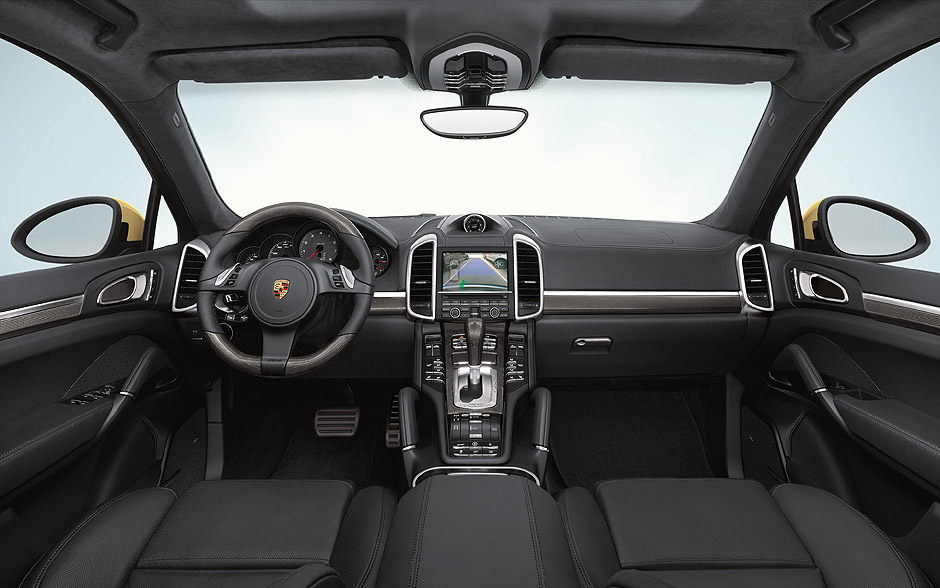
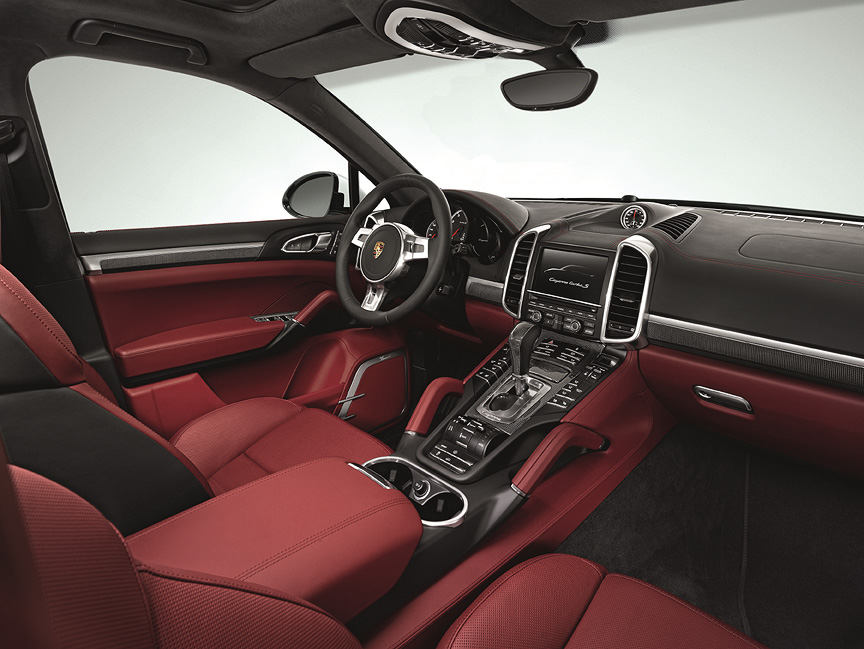
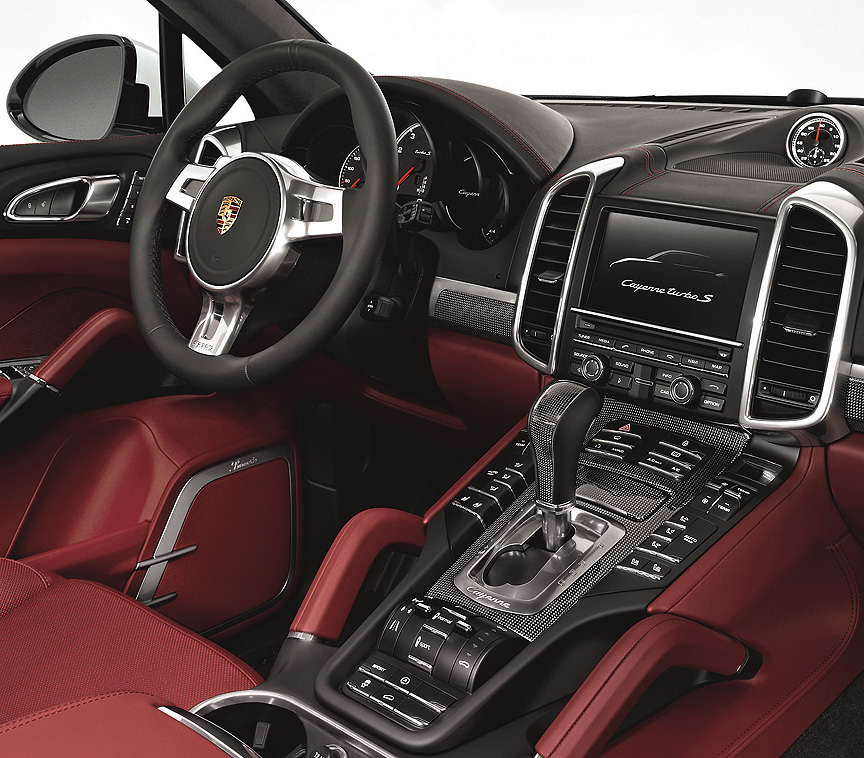
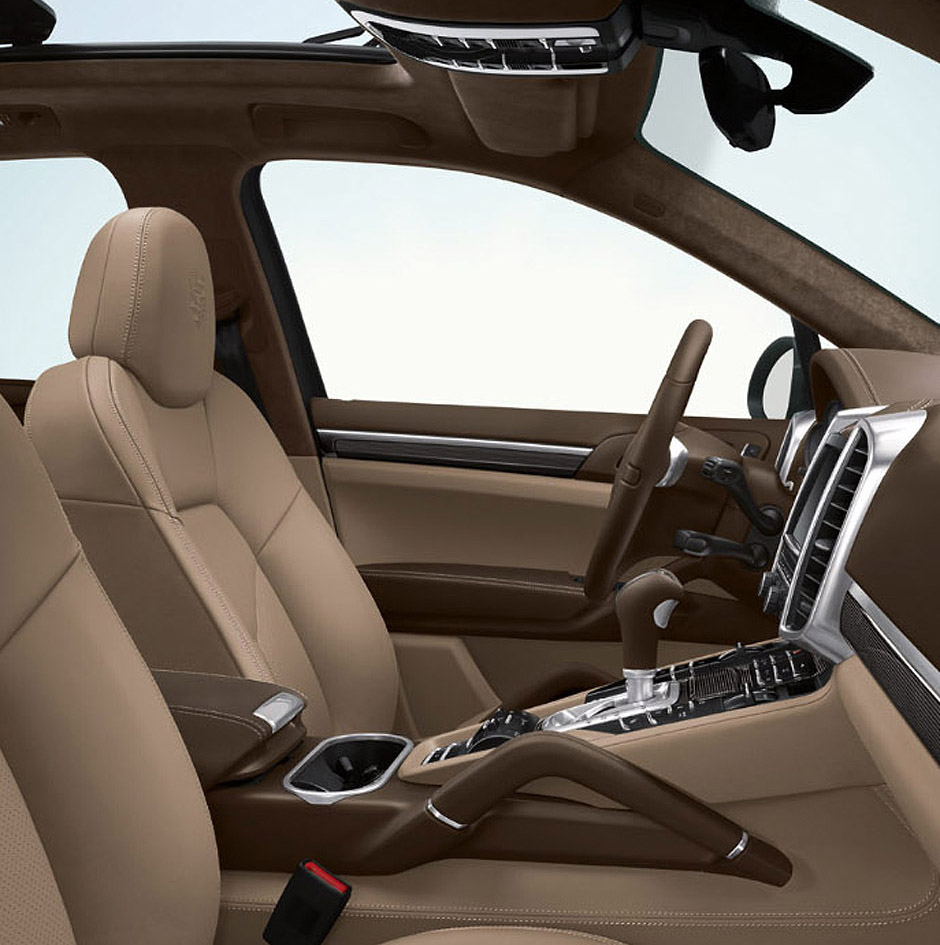

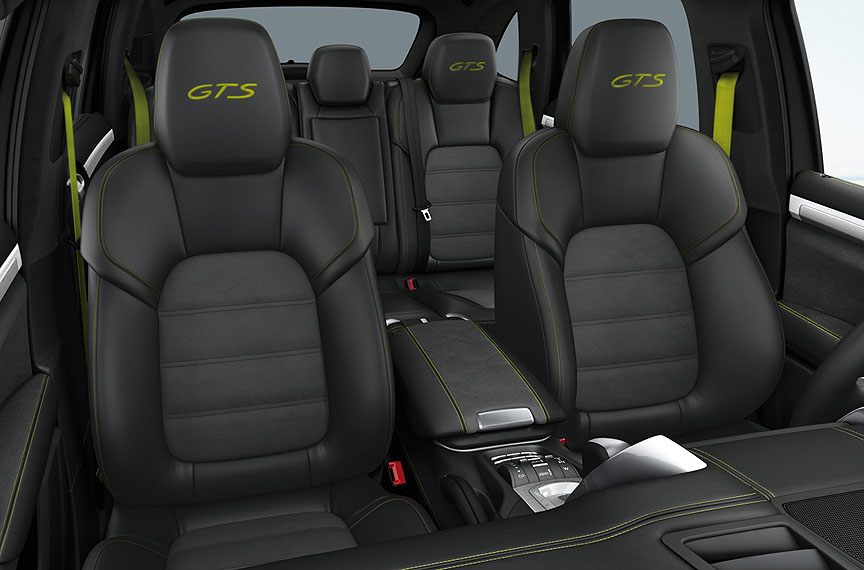
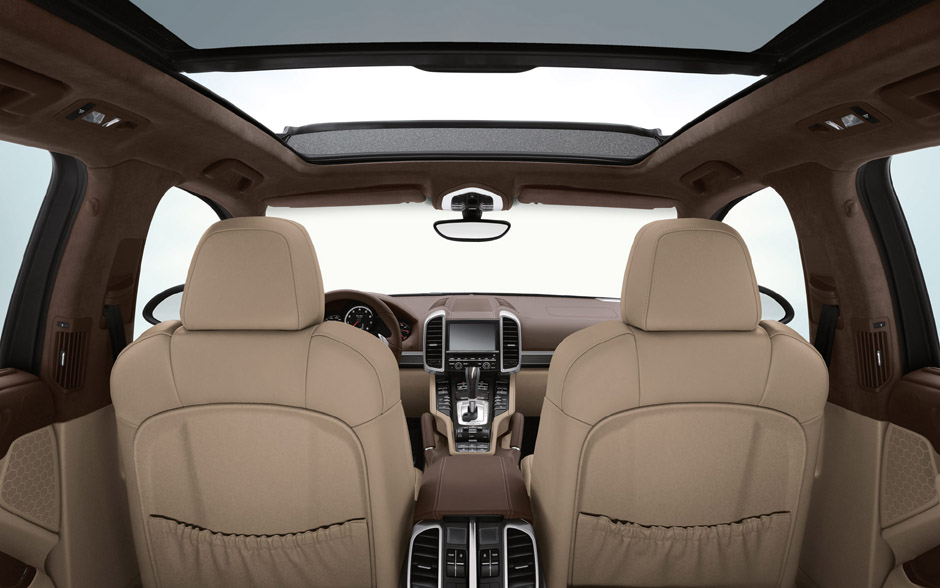
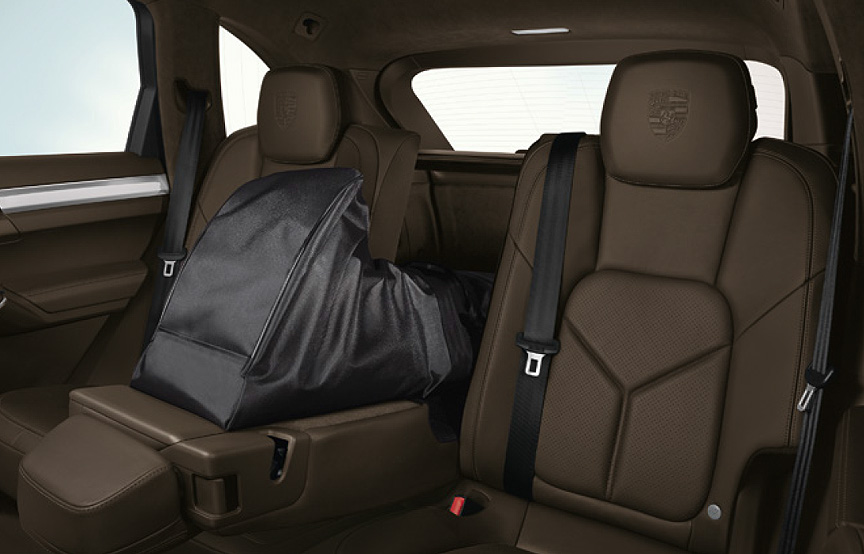
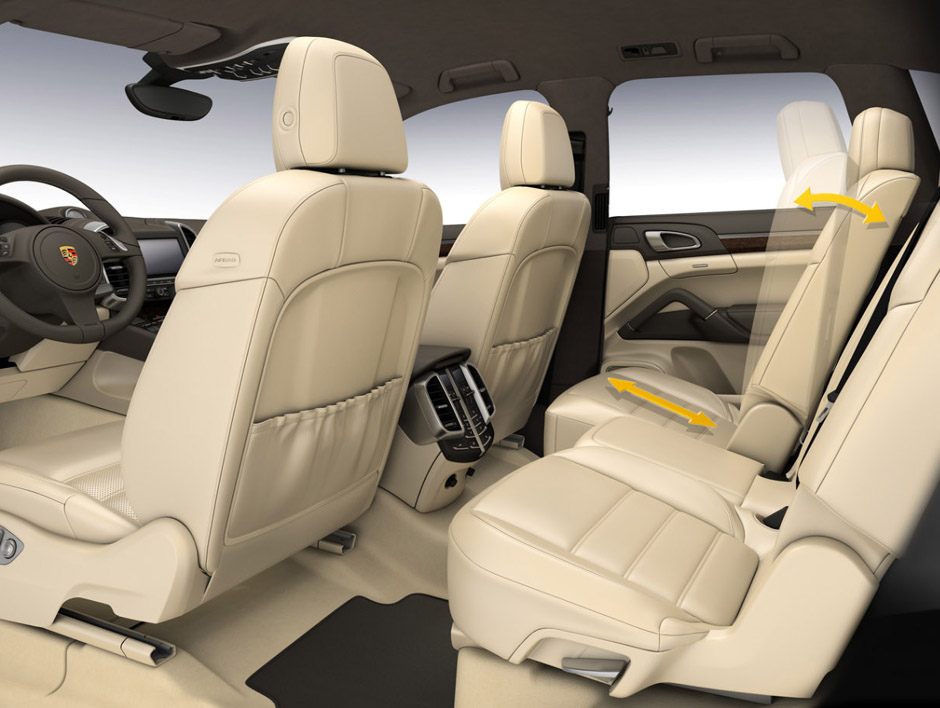
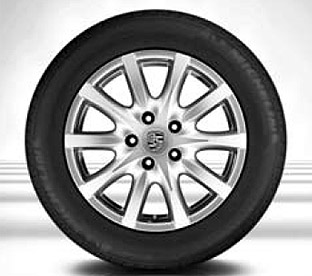 18″ Cayenne wheel |
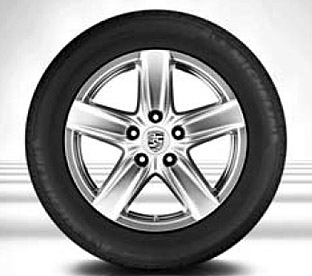 18″ Cayenne S III wheel |
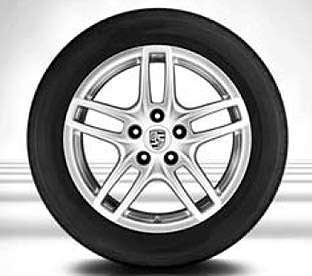 19″ Cayenne Turbo wheel |
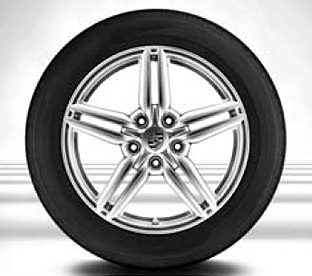 19″ Cayenne Design II wheel |
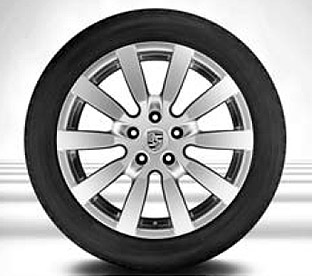 20″ Cayenne Sport Design II wheel |
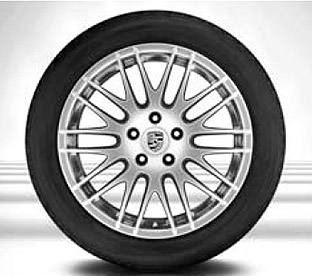 20″ RS Spyder wheel |
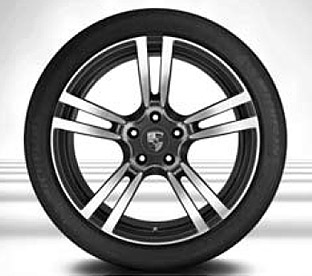 21″ 911 Turbo-look wheel |
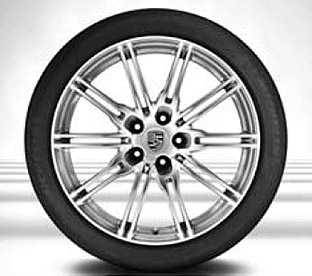 21″ Sport Edition wheel |
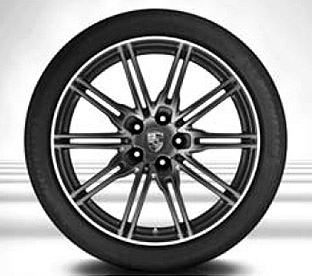 21″ Sport Edition wheel painted |
 |
|||
| Cayenne | Cayenne S | Turbo | PCCB (not suitable for off-road) |
